Explanation
Since opening in 2001, Incheon International Airport has been rated as the best airport in the world numerous times. And to further improve, the Terminal 2 officially opened in 2018 after nine years of construction. Terminal 2 was desigend with the concept of an "artport," a portmanteau of art and airport, to serve as a space for entertainment in addition to an international tansportation hub.
With self-check in counters and smart counter that automatically checks in luggage for the convenience of passengers, the aiport implements high-tech services to better provide information and strengthen security. The airport has also upgraded their check-in system so that passengers can enjoy all the cultural space and attractions the airport has to offer
Inquiry
+82-1577-2600
Homepage
Information Use
Experience Guide : [Cultural Performance] Regular performances around Duty Free area
[Korean Traditional Culture Center] Exhibition, handicraft experience, scratch card experience, making Hangeul experience, hanok experience, etc.
[Parade] Royal wedding parade
[Art works] Xavier Veilhan, Media Cloud, Jinnie Seo, Julius Popp, Lights and Shadows, Dreamer's area, etc.
[Media Art] 2F Arrival, Entrance Media Wall
* Experience programs are only available for international visitors
* Please check the schedule for performances and parade
Contact and Information : • 1330 Travel Hotline: +82-2-1330
(Korean, English, Japanese, Chinese)
• For more info: +82-1577-2600
Parking facilities : Short-term parking lot (1 day), Long-term parking lot (Parking pass), Valet parking
More information
Restrooms
Available
Parking Fees
[Short-term Parking]
Compact size: First 30 min - 1,200 won (600 won for every additional 15 min) / 24,000 won per day
[Long-term Parking]
Compact size: 1,000 won per hour / 9,000 won per day
Large size: 1,200 won per 30 min / 12,000 won per day
[Cargo Terminal Parking]
Compact size: First 45 min free (500 won for every additional 15 min) / 10,000 won per day
Large size: First 45 min free (600 won for every additional 15 min)/12,000 won per day
Location
446, Je2terminal-daero, Jung-gu, Incheon
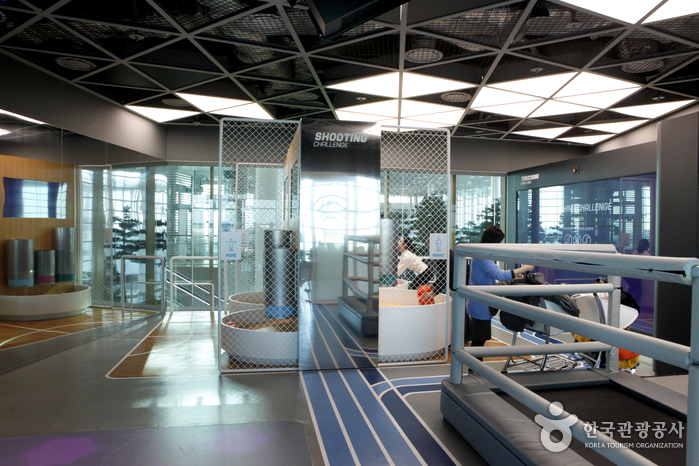
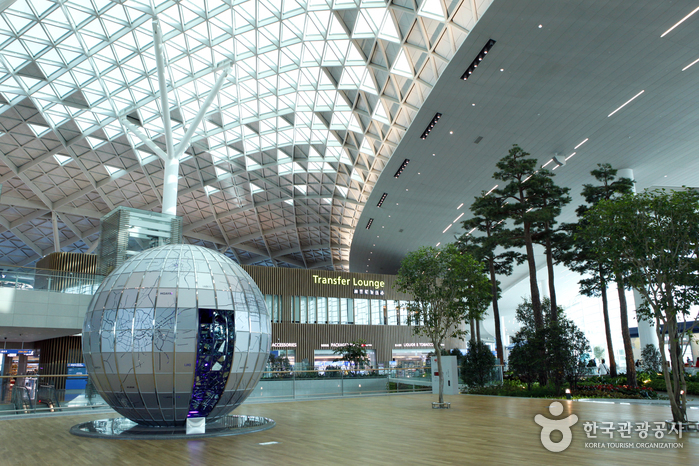
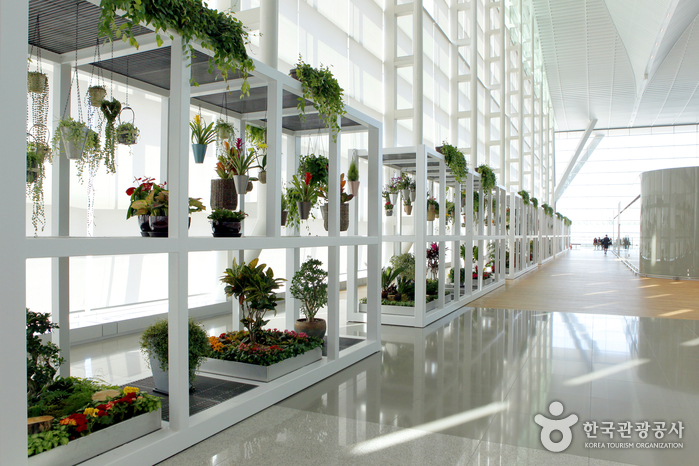
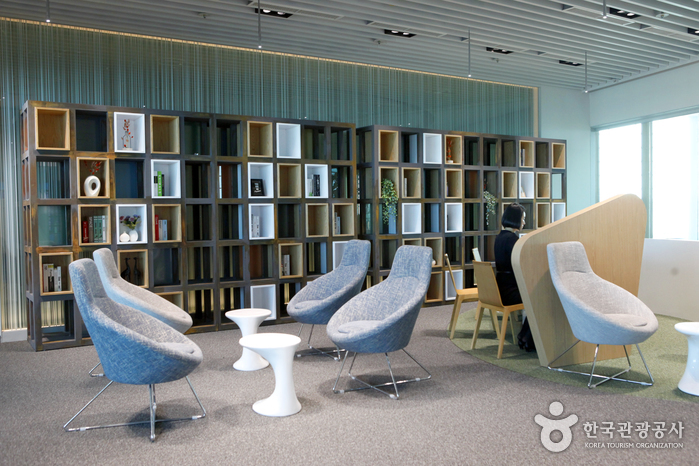
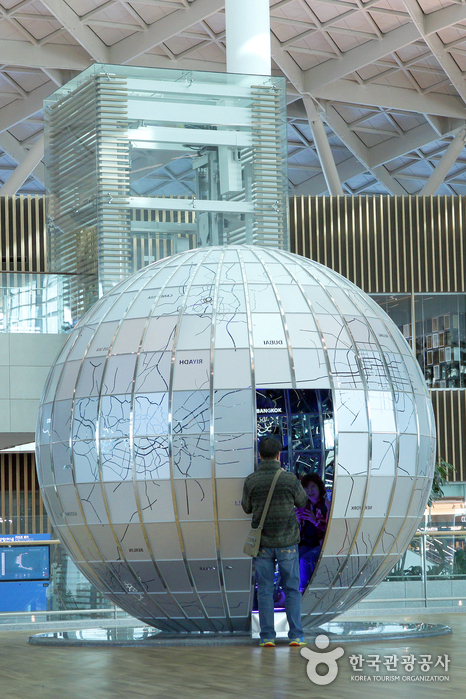
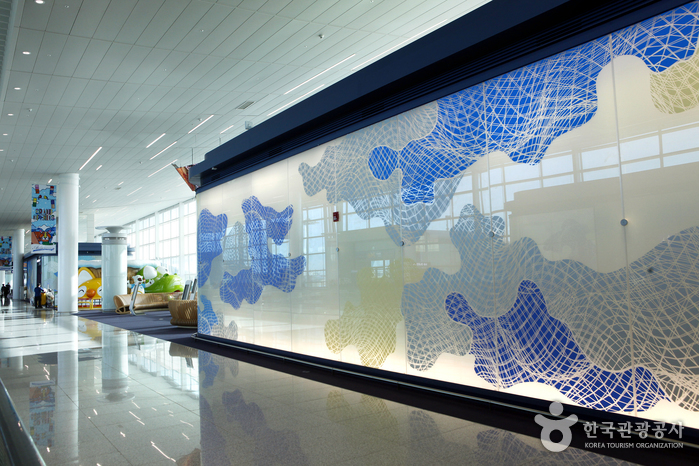
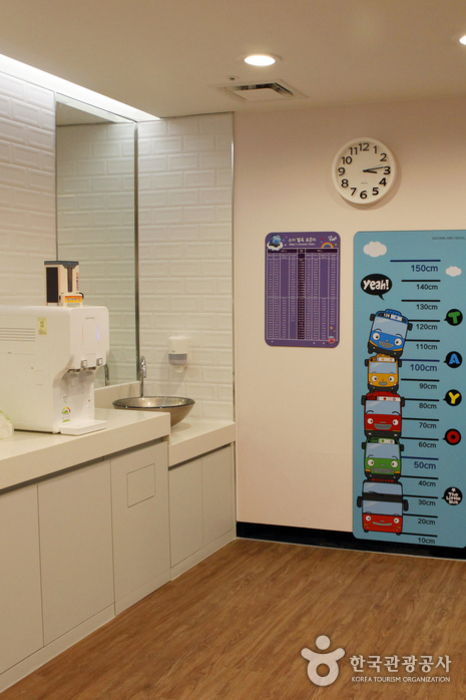
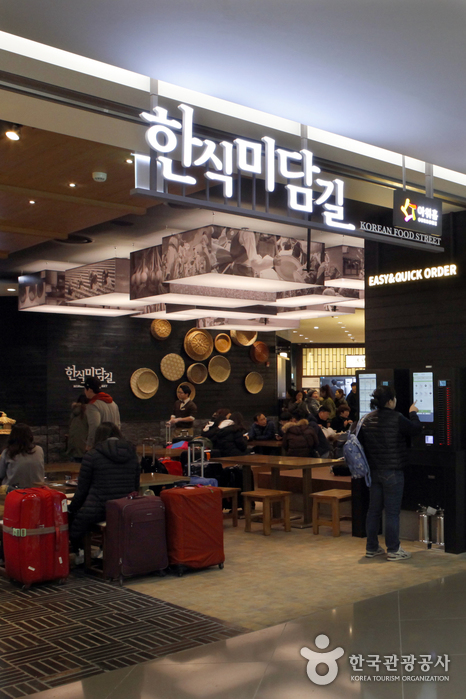
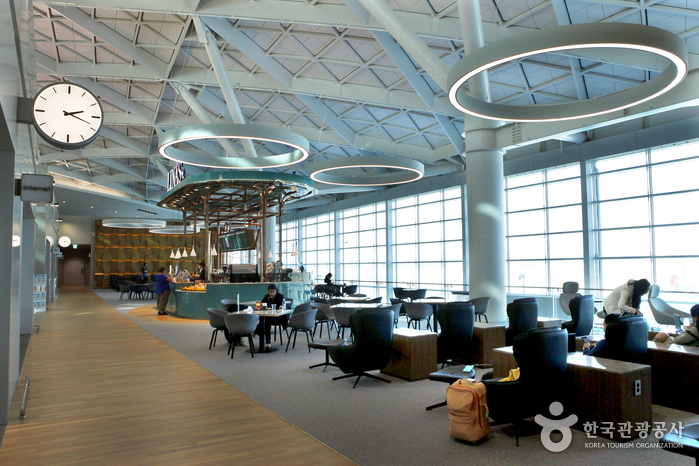
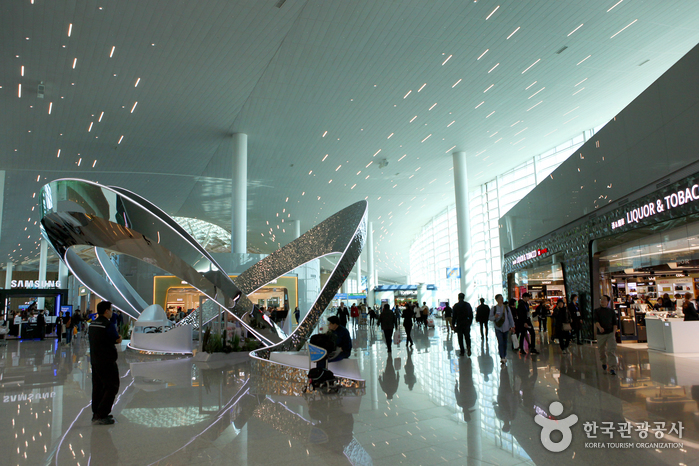
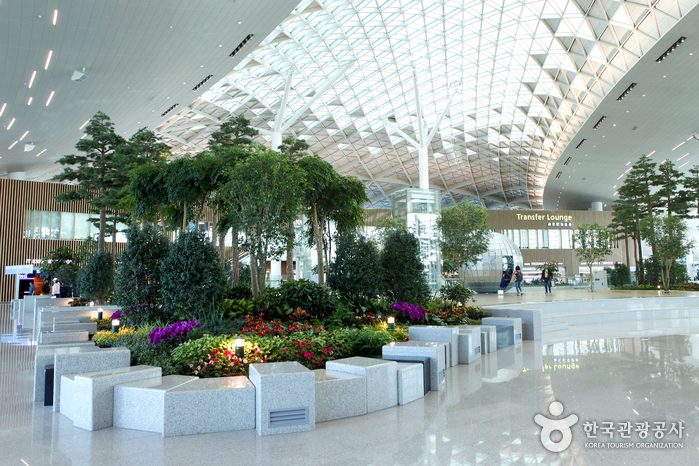
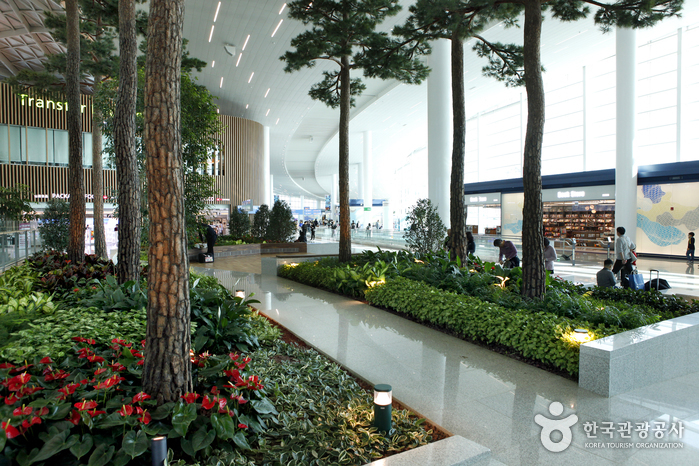

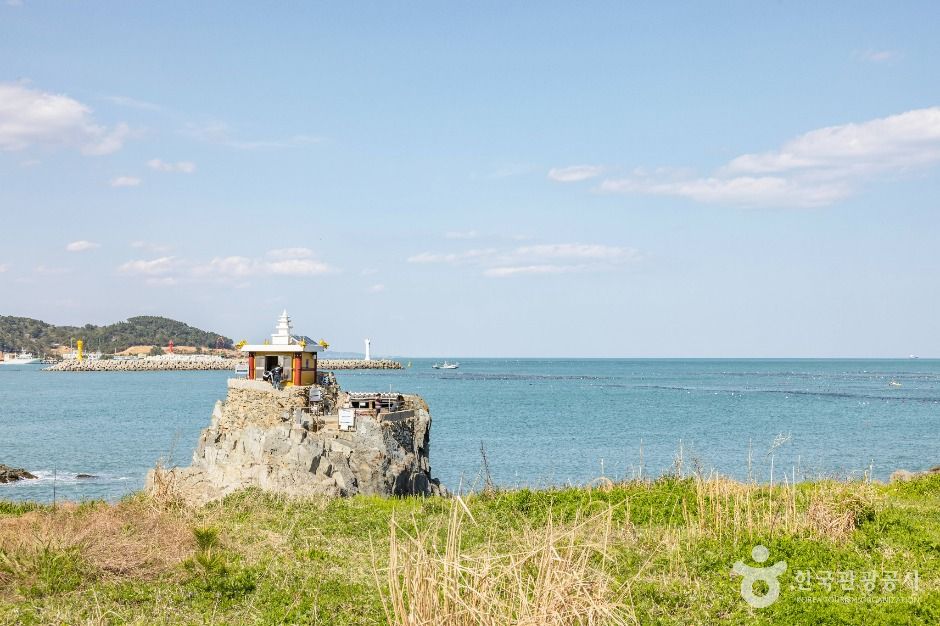
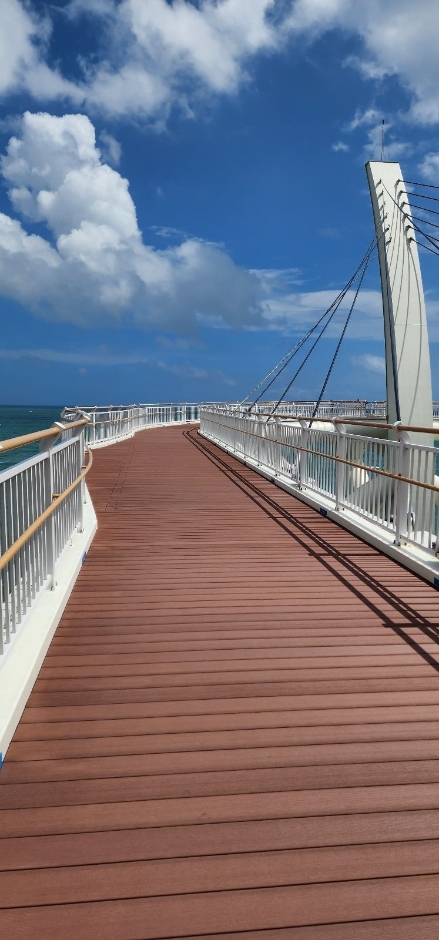
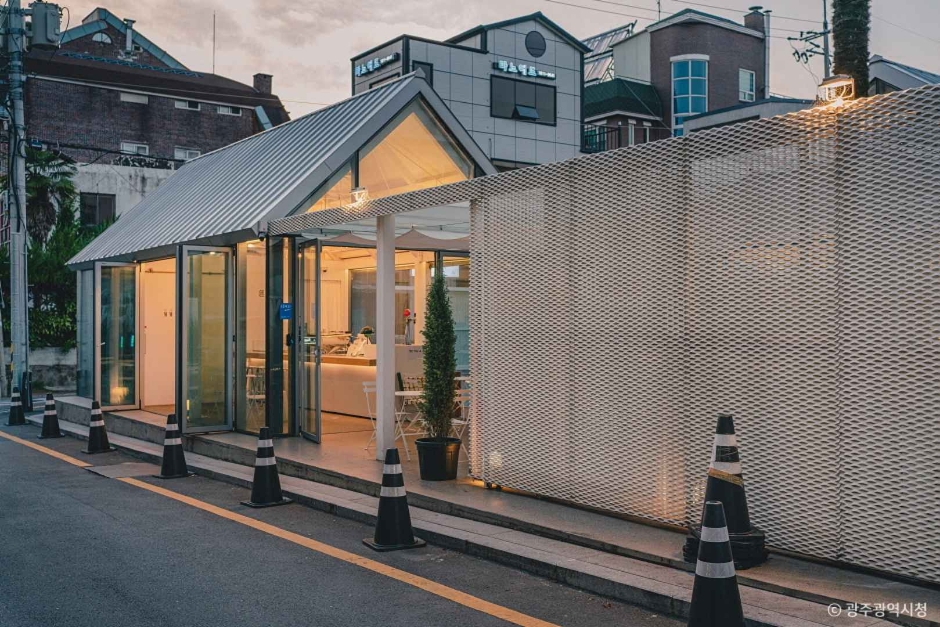
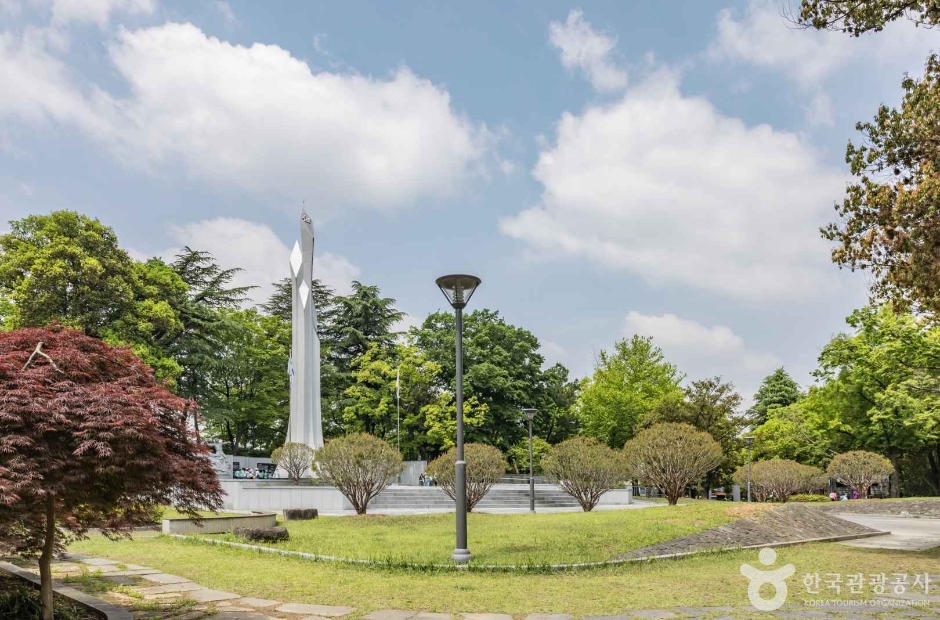
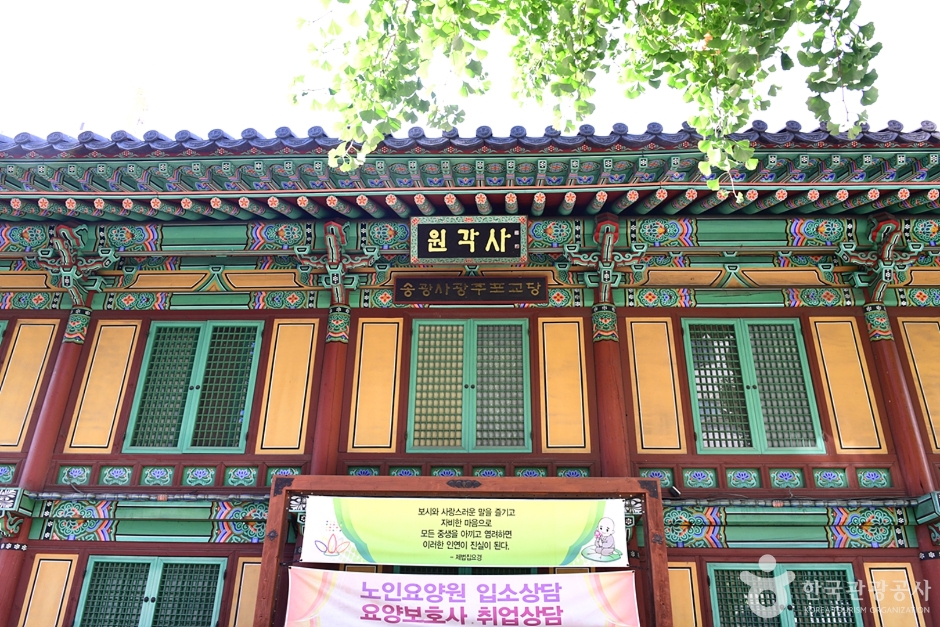
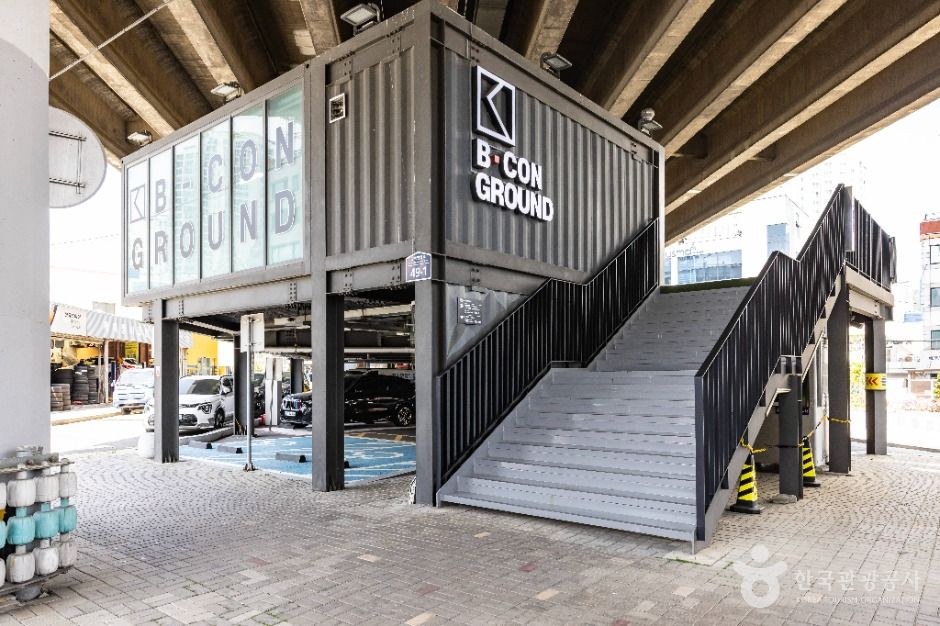

 English
English
 한국어
한국어 日本語
日本語 中文(简体)
中文(简体) Deutsch
Deutsch Français
Français Español
Español Русский
Русский